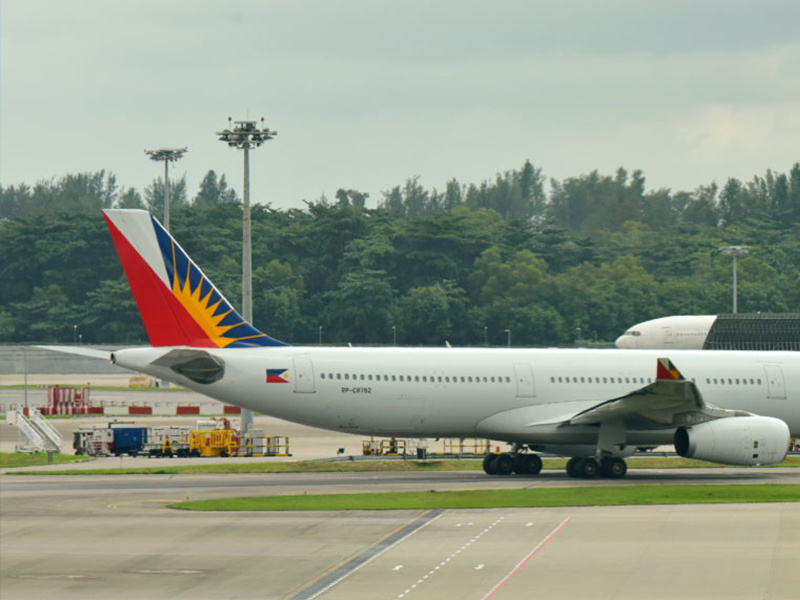


The airline industry in the Philippines continues to be a booming business. This year, it is projected that the growth of the industry is going to be robust through various joint-agreements with our neighboring countries, as well as the expansions underway. One expansion project is the re-fleeting plan of the top airlines in the country, Philippine Airlines and Cebu Pacific. Specifically, Philippine Airlines is thinking of acquiring aircraft suitable for long-haul, which would increase the number of passenger traffic.
But what do we know of this industry aside from the large airplanes we see and travel with from time to time? Here are facts about the airline industry in the Philippines.
Timeline of the airline industry:
1931 – To handle the airline matters, the government created an office under of the Department of Commerce and Communications.
1941 – The first domestic airline, Philippine Airlines (PAL), was founded. PAL is now also the flag-carrier airline of the Philippines.
1952 – The Civil Aeronautics Board and the Civil Aeronautics Administration was reorganized due to the Republic Act 776.
1973 – As it is the sole domestic airline, Philippine Airlines (PAL) was virtually monopolizing the country’s aviation industry.
1974 – PAL continues to dominate the industry by having the monopoly on domestic travels.
1978 – The airline was given a new franchise, however, under a provision that the government regulated the fares.
1995 – The industry was liberalized with the establishment of domestic and international civil aviation liberalization policy and the government control was removed.
1999 – Competing airlines increased. Due to this, PAL’s market share decreased.
Moreover, here is the current airline industry in numbers:
According to the Civil Aviation Authority of the Philippines, the country has 71 airports. Eleven of them can handle international flights. 32 of them only accommodate domestic travel, and 28 of them are primarily used for general navigation. The most prominent of these airports is the Ninoy Aquino International Airport, which is located in Pasay City. It has four terminals and can handle hundreds of both international and domestic flights every day, making it by far the busiest airport in the country.
In these airports are hundreds of planes coming in and out, handled by different airlines. There are four major commercial airlines in the country: Cebu Pacific, Air Asia, Philippine Airlines, and Skyjet. These airlines carry majority of the international and domestic flights in the country.
Air travel has made it easier for people to travel from place to place, no matter how far they are. Evidently, travelers can be considered the lifeblood of the airline industry. As of August 2016, more than 500 thousand tourists visited the Philippines, according to the data from the Department of Tourism. The majority of the visitors are coming in also from Asia, visitors coming from America coming second. These visitors primarily come through airports in Manila, Cebu, Kalibo, Clark, and Davao, respectively.
These facts can prove that this country can be a good training ground and place for pilots, because of its flourishing airline industry. There are many career and growth opportunities for aspiring pilots.
Aside from the booming airline industry, Philippines also have good flight schools, such as WCC Aviation School. They have the best instructors, facilities, and safety certifications that make them the perfect flight school. Visit their website for more information.
The information contained in this website is for general information purposes only.
While WCC Aviation Company endeavors to keep the information up to date and correct, we make no representations or warranties of any kind, express or implied, about the completeness, accuracy, reliability, suitability or availability with respect to information published in this website.
Click here to read the Privacy Statement in full